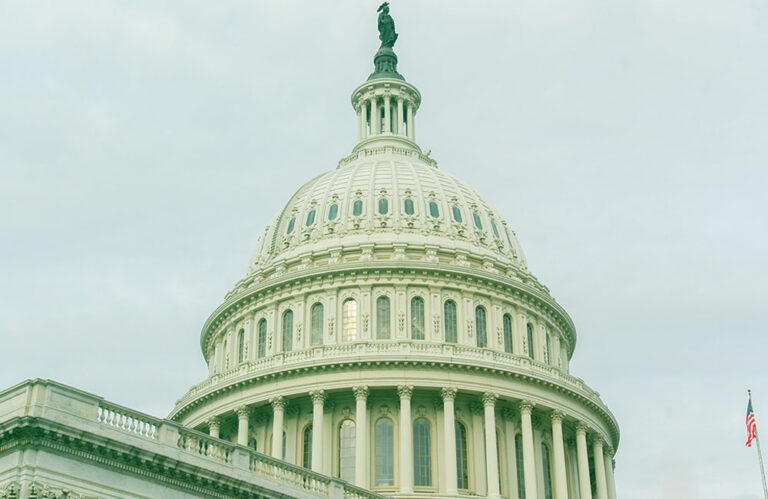
Gil Fortgang, Washington Associate Analyst at T. Rowe Price shares three policy developments to watch after the U.S. election:
1. Personnel is policy
- Regardless of whether Democrat Kamala Harris or Republican Donald Trump is in the White House, who the next president chooses to helm certain federal agencies will shape policy and how it’s implemented.
- If the president’s party fails to secure a majority in the Senate, he or she may select candidates who are less likely to be opposed. In this scenario, a Harris administration might keep some agency heads in place as interim or acting chairs.
- A Trump administration, on the other hand, would be expected to usher in more meaningful changes, given its starkly different policy priorities from the Biden‑Harris White House and the Republican’s stated penchant for rolling back regulation.
2. The next president’s opening moves
- A Harris administration would likely seek to ensure that Biden’s key initiatives, such as policies aiming to green the U.S. economy, move forward.
- If Trump were to win a second presidential term, all eyes would be on trade policy. His administration would probably move quickly to ratchet up tariffs on various Chinese goods while also seeking to lay the groundwork to impose levies on imports from other countries, including traditional U.S. allies.
Also read: A Guide to Fixed Income and the US Election
3. The two fiscal cliffs of 2025
- The next president could contend with two fiscal cliffs in his or her first year in office.
- Absent congressional action, the agreement to extend the limit on the U.S. government’s borrowing would expire January 1.
- Unified government: If the election results in one party controlling the White House and both chambers of Congress, finding a resolution should be easier.
- Divided government: Depending on the election outcome, this situation could lead to familiar brinkmanship around raising the debt ceiling, likely in the summer when the U.S. Treasury is expected to exhaust the funds in its general account.
- The main event, however, will be the year‑end expiration of key provisions in the Tax Cuts and Jobs Act (TCJA) of 2017, which was passed during the first year of Trump’s presidency.
- Extending these tax cuts could result in USD 4 trillion to USD 5 trillion in deficit spending over the subsequent 10 years.
- Inaction could result in one of the largest nominal tax hikes in U.S. history, potentially weighing on consumer and business spending.
- Regardless of how the election shakes out, many of the TCJA’s tax breaks are likely to be extended. However, given the cost, the debate over potential spending cuts and revenue increases over the course of the year could create policy risk for certain industries and sectors.

































